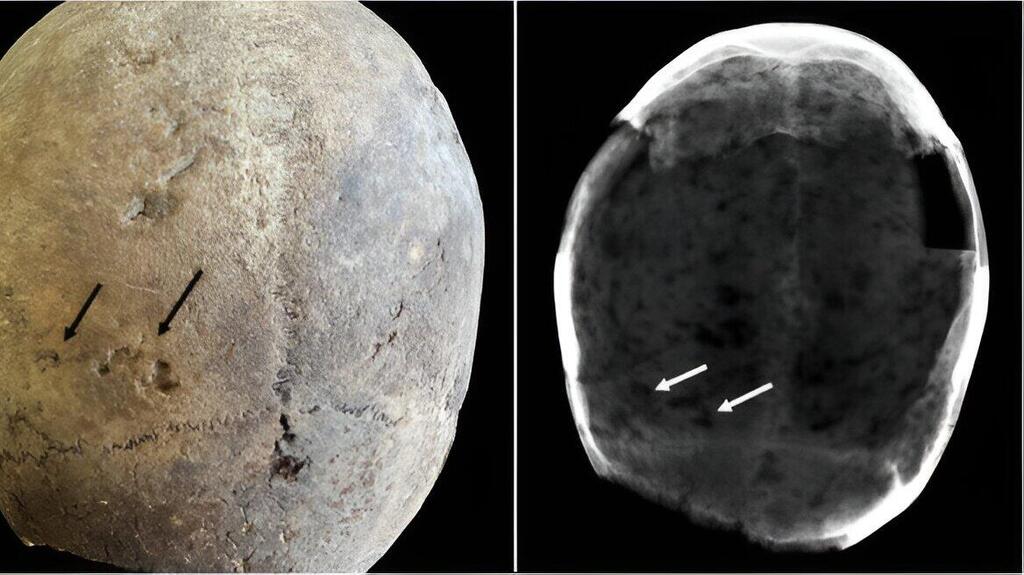Getting your Trinity Audio player ready...
Cocaine may have been used in Europe as early as the 17th century, according to a new study conducted by researchers at Milan University. This discovery marks the earliest known indication of cocaine use on the continent.
A team of medical and biomedical experts analyzed the preserved brains of two individuals buried near the Ospedale Maggiore Hospital in Milan. The hospital, renowned at the time for pioneering the treatment of acute illnesses, served the city's impoverished and disadvantaged residents. The bodies were interred in a crypt adjacent to the hospital, where deceased patients were buried.
2 View gallery


Skulls show signs of cocaine use
(Photo: Journal of Archaeological Science (2024). DOI: 10.1016/j.jas.2024.106040)
The study, published in the Journal of Archeological Science, suggests that the use of cocaine in Europe predates its known introduction by Spanish conquistadors who encountered the drug in the New World. The Spaniards first observed the indigenous Inca population using coca leaves (Erythroxylum coca) for ceremonial and medicinal purposes. They quickly recognized its significance, managing its production and commerce.
The chewing of coca leaves or consumption of a brew made from them was common among South American natives, who valued the plant for its psychoactive and stimulating effects. These effects helped to alleviate fatigue and facilitate hard physical labor. Over time, advancements in chemical processes led to the production of purified cocaine, with the hydrochloride form first synthesized in 1861, creating a drug 200 times more concentrated than the original coca leaves.
By the late 19th century, Austrian ophthalmologist Karl Koller began using cocaine as a sedative in eye surgery. The drug’s production in the form of a white powder soon made it more accessible, leading to its widespread use. Sigmund Freud, the father of modern psychoanalysis, also studied cocaine’s properties and believed it could reduce pain, alleviate depression and fatigue and even treat morphine addiction.
While the plant was not listed in the hospital's detailed pharmacopeia, the study raises the possibility that cocaine may have been used for purposes other than medicinal treatment. The findings offer new insights into how cocaine use in Europe has evolved over the centuries, from its early recreational or medicinal applications to its development as a medical treatment in the 19th century, and finally, to its status as a widely abused substance linked to significant public health issues, including being responsible for one-fifth of overdose deaths worldwide in the 20th century.


